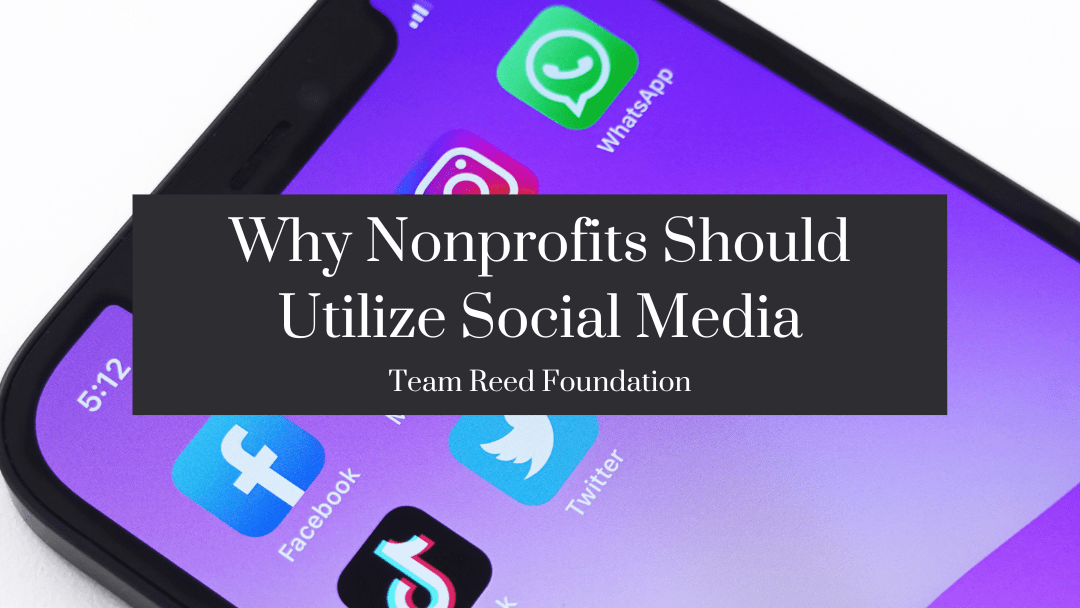Most non-profit organizations have a Twitter or Facebook account. However, social media is more than just “likes.” It’s also about helping them succeed. One of the most critical factors a non-profit organization should consider when it comes to social media is investing in its infrastructure. This can help them reach out to more supporters and improve their reach.
Social Media Advantages
Social media platforms allow non-profit organizations to reach a broad audience in a very cost-effective manner. They allow them to tell their story and raise funds efficiently.
Social media messages can help engage and retain the attention of your supporters. It can also increase the awareness of your brand or organization, which can support fundraising efforts.
Aside from being a side project or a task that an intern can do, your social media efforts should be integrated into your organization’s marketing strategy. This will allow you to align your efforts with the goals and reach out to more potential supporters. Volunteers, staff members, and interns should all be dedicated to monitoring and maintaining the organization’s social media presence.
Moreover, social media allows non-profit organizations to connect with their supporters. It can allow them to interact with their audience and develop a more effective dialogue than cash machines.
Helpful Platforms
A survey conducted by a company in Canada and the U.S. revealed that almost all non-profit organizations in the country use Facebook as their primary social network. Twitter is also a popular platform. Other popular platforms include Instagram, YouTube, LinkedIn, and Pinterest.
It’s tempting to try and reach out to as many platforms as possible. However, it’s essential to consider the target audience for your message and determine which platforms are most effective for your organization. Reaching out to your current and potential supporters on multiple platforms is much better than doing mediocre work on just one.
Influencers
Social media influencers are individuals who can help spread the word about your organization’s campaigns and programs. Once you have identified some key influencers, you can build a stronger relationship with them by following them on social media and getting to know their content.
After that, you can reach out to them either through email or social media. Before you start working with an influencer, you must explain how you’re looking for their help and why they’re important to your organization.

